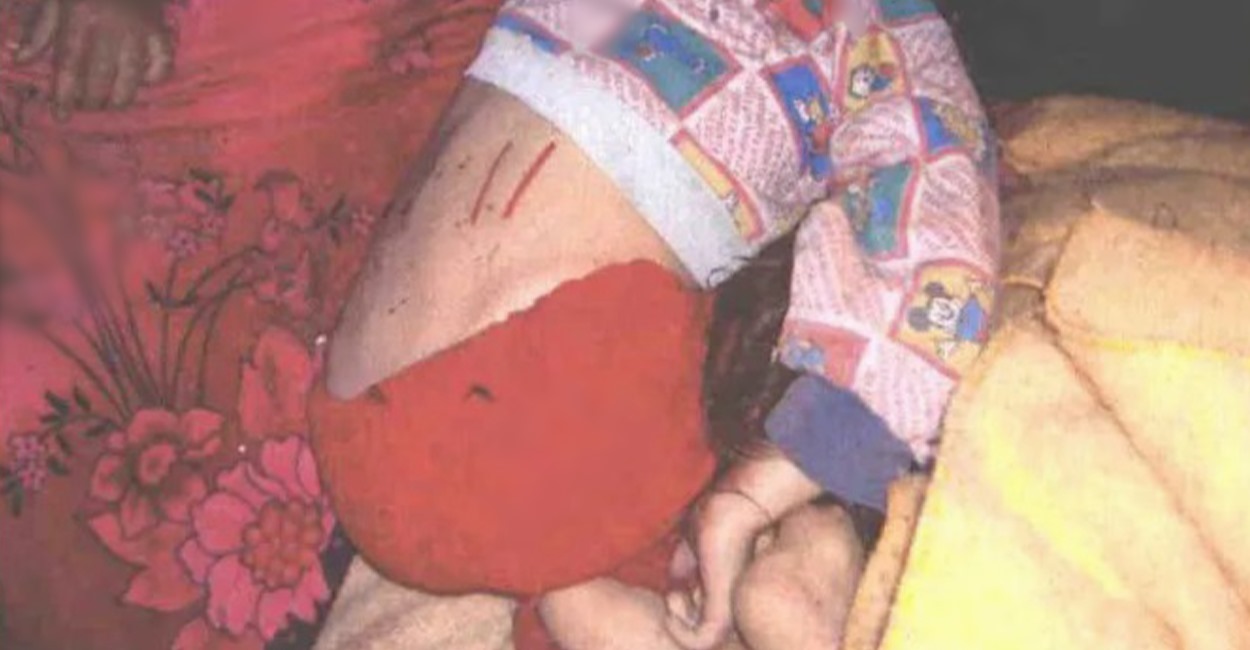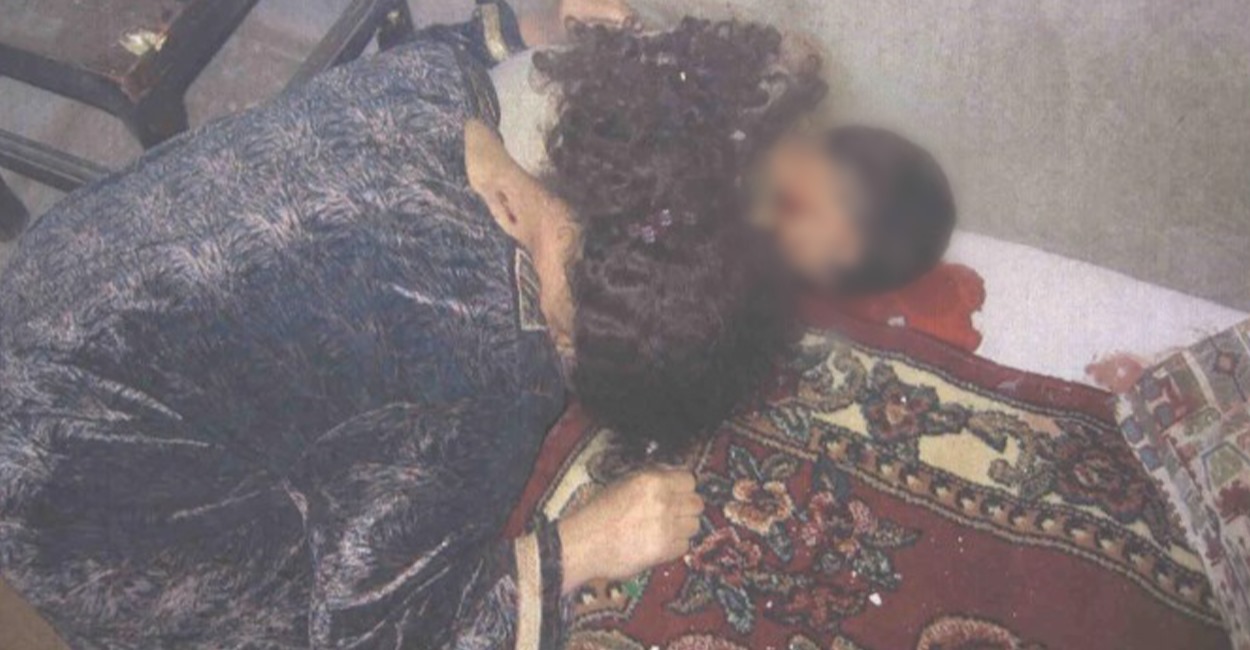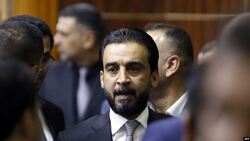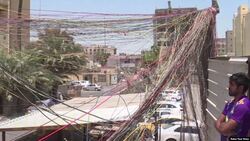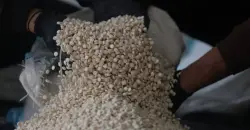Hidden Haditha: photos expose US Marines’ massacre of Iraqi civilians
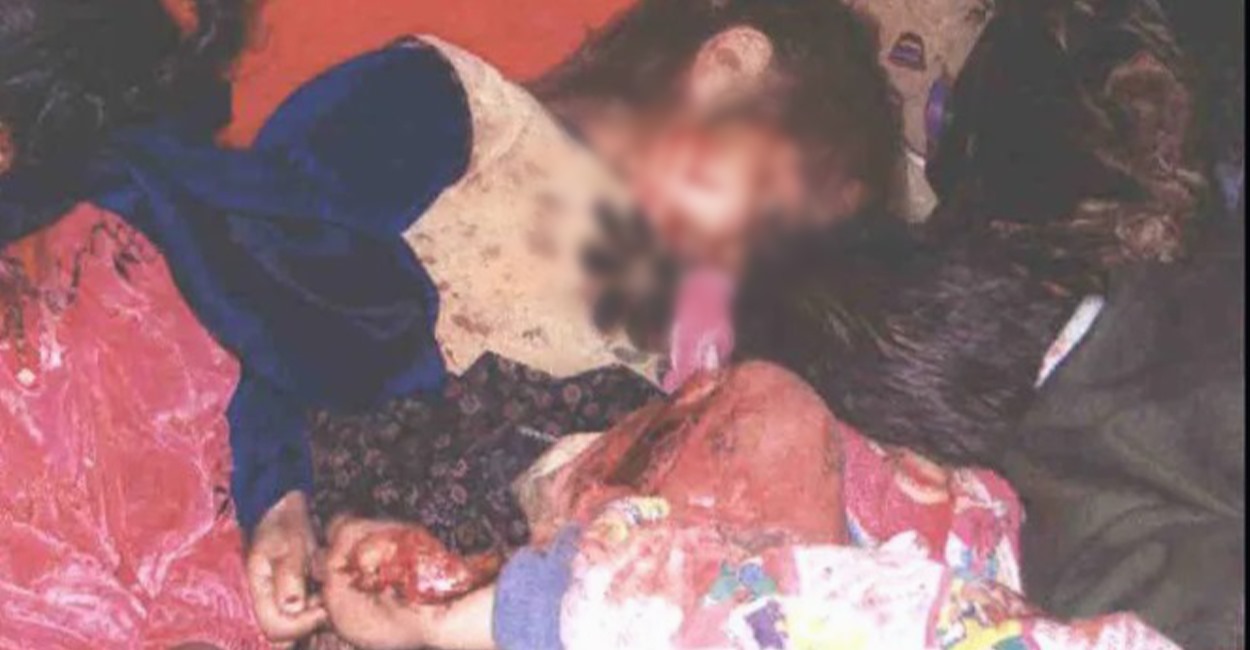
Shafaq News/ The US military worked for years to suppress graphic photos from the Haditha massacre in Iraq, where Marines killed 24 civilians, including women and children. The images, which remained largely unseen, depict the aftermath of one of the most significant war crimes in modern US history, according to a report from the New Yorker.
On November 19, 2005, a US Marine convoy was traveling through Haditha, Iraq, when an I.E.D. explosion killed Lance Corporal Miguel Terrazas and injured two others. In response, the Marines launched a retaliatory operation, killing 24 Iraqi civilians. Among the victims were men, women, and children, the youngest being a three-year-old girl and the oldest a seventy-six-year-old man. Despite claims that they were fighting insurgents, all of the dead were civilians.
In the hours following the killings, two Marines, Lance Corporal Ryan Briones and Lance Corporal Andrew Wright, documented the scene with Briones using his Olympus digital camera and Wright marking bodies with a red Sharpie marker. Other Marines, including one in intelligence, also photographed the aftermath. These images became critical evidence in the investigation of what would later be called the Haditha massacre, the American magazine indicated.
Despite four Marines being charged with murder, the charges were dropped. General James Mattis, who later became Secretary of Defense, dismissed the charges against one Marine, declaring him innocent. By 2012, the final case ended with a plea deal that resulted in no prison sentences. The Iraq War had ended, and stories of US war crimes began to fade from public attention.
Based on the magazine, the impact of war crimes is often magnified when graphic images reach the public. However, unlike the infamous Abu Ghraib photos, the images from Haditha remained largely hidden. General Michael Hagee, the commandant of the Marine Corps at the time, later boasted in a 2014 oral-history interview that the Haditha photos had never been released. "Those pictures today have still not been seen. And so, I’m quite proud of that," Hagee said.
In 2020, a team from the In the Dark podcast filed a Freedom of Information Act (FOIA) request with the Navy to obtain the Haditha photos, aiming to reconstruct what happened and why the murder charges were dropped. When the Navy did not respond, the team sued the Navy, Marine Corps, and US Central Command. The government argued that releasing the photos would harm the surviving family members, a claim previously made by military prosecutors.
During their legal battle, the journalists traveled to Iraq and met with the victims' families, who shared their tragic stories. Khalid Salman Raseef, a lawyer who lost fifteen family members, said, "I believe this is our duty to tell the truth." Khalid Jamal, who was fourteen when his father and uncles were killed, expressed the need to know more about his family members' final moments. "Did they die like brave men? Were they scared?" he wondered.
With the support of the families, the journalists pursued access to the photos. Raseef and Jamal went door-to-door in Haditha, explaining the goal of the reporting and gathering signatures from surviving family members who wanted the photos released. In March, after four years of legal battles, the military finally relented and handed over the images.
The New Yorker decided to publish a selection of these photos, with the permission of the victims' surviving relatives, to shed light on the horrific events that the military chose not to fully address. The graphic images depict men, women, and young children, many shot at close range while in defenseless positions.
Among the victims was five-year-old Zainab Younis Salim, who was shot in the head while lying in bed beside her mother, sisters, and brother. After the massacre, a Marine marked her back with the number eleven using a red Sharpie. Her mother, Ayda Yassin Ahmed, was found surrounded by her dead children, all of whom were shot and killed by US Marines.
Naval Criminal Investigative Service (N.C.I.S.) records revealed chilling details. Lance Corporal Stephen Tatum admitted to investigators that he recognized the people he shot as women and children before pulling the trigger. "Knowing it was a kid, I still shot him," Tatum reportedly said, though he later denied making the statement.
The massacre also claimed the lives of a mother, Asmaa Salman Raseef, and her four-year-old son, Abdullah. Asmaa was shot in the upper back, while Abdullah sustained a fatal head wound. N.C.I.S. concluded that the Marine who shot Abdullah was likely standing just six feet away.
Photos of the scene show the bloody aftermath. The bodies of Asmaa, Abdullah, and two other family members lay in a corner of the living room. Military examiners determined that one of the men, Jaheed Abdul Hameed Hassan, had been sitting or lying against the wall when he was shot.
Despite the overwhelming evidence of civilian casualties, including photos showing no weapons in the homes or on the bodies, the military did not pursue significant punishment for the Marines involved. The Haditha massacre remains a dark chapter in the history of the US occupation of Iraq, with the full horror of the events only now coming to light through these long-hidden images.
Disclaimer: The views presented by the author do not necessarily reflect the official standpoint of Shafaq News Agency.
